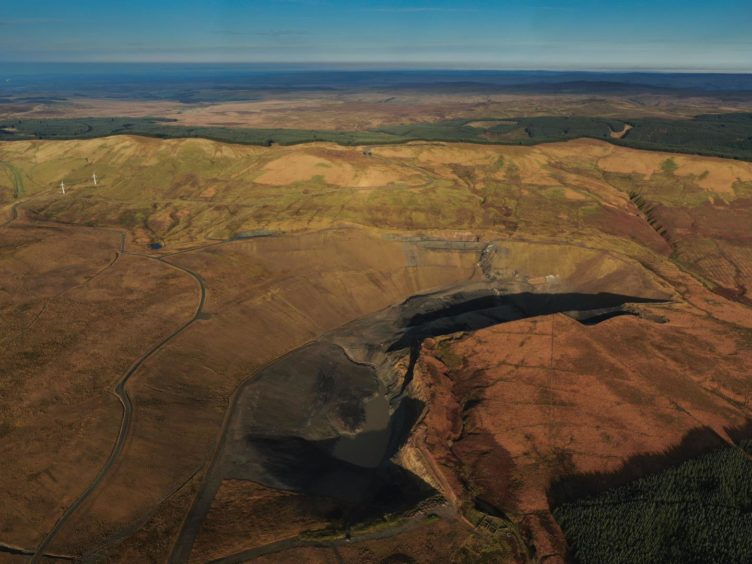
One of Scotland’s biggest landowners is planning to build a renewable energy park on the site of a former opencast coalmine.
Buccleuch, which represents the business interests of the Buccleuch family, has earmarked the project for Glenmuckloch, on the Queensberry Estate in Dumfriesshire, in order to consign the “black scar” of the sites previous uses to history.
It will include a 210 megawatt (MW) pumped storage hydro system (PSH), a means of producing green energy using turbines joined to reservoirs, as well as an adjoining wind farm.
Expected to cost in the region of £250 million to complete, the scheme will be marketed with the help of Edinburgh-based investment bank, Noble & Co.
During the construction phase, the project is expected to create as many as 300 jobs, many of which will be maintained through its operational lifetime, which could be up to a century.
A proportion of the money spent on the energy park is also forecasted to stay within the local economy.
Once completed, the PSH system will help to balance the grid by stowing green energy during periods of high generation.
Large-scale storage will be a key part of the UK’s low carbon energy mix, allowing requests for clean power to be met even when weather conditions mean renewable sources are lying idle.
Alan Wilson, energy director at Buccleuch said: “With much of the background work now completed for the site, and Buccleuch as sole owners of the projects, we have reached a pivotal moment and are now looking for a purchaser to take the project through to commercial operation.
“The scheme has the potential to be economically and environmentally transformational, both regionally and nationally.
“We are working with Noble & Co to market the project, with information having been sent to prospective investors. We will then move to the bidding process and keep the momentum going on delivering the scheme.
“PSH at Glenmuckloch will support both these targets, with the windfarm alone having the capability to generate clean energy sufficient to power 28,000 homes and reduce CO2 emissions by almost 40,000 tonnes.”
Recommended for you

